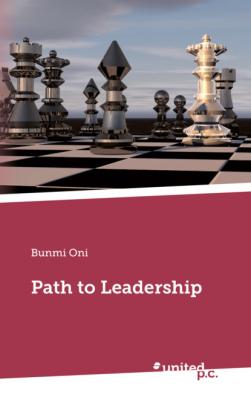Contents
Imprint
All rights of distribution, also by film, radio, television, photomechanical reproduction, sound carrier, electronic media and reprint in extracts, are reserved by the publisher.
The author is responsible for the content and correction.
© 2020 united p. c. publisher
ISBN Printed Edition: 978-3-7103-3711-6
ISBN e-book: 978-3-7103-4544-9
Cover image: www.pixabay.com
Jacket design, page design and typesetting: united p. c. publisher
www.united-pc.eu
Dedication
Acknowledgements

Introduction
Dare to dream but do not dream unless you are willing to live your dreams - Bunmi Oni, ca. 2004
1
The Challenge of Leadership

2
Check the Envelope
At designated times in a theatre production, the curtains are drawn, the lights go out and there is pitch darkness for a short while. When the lights come on again, its a new scene; the old has passed, the new has come.
3
Why Me?

